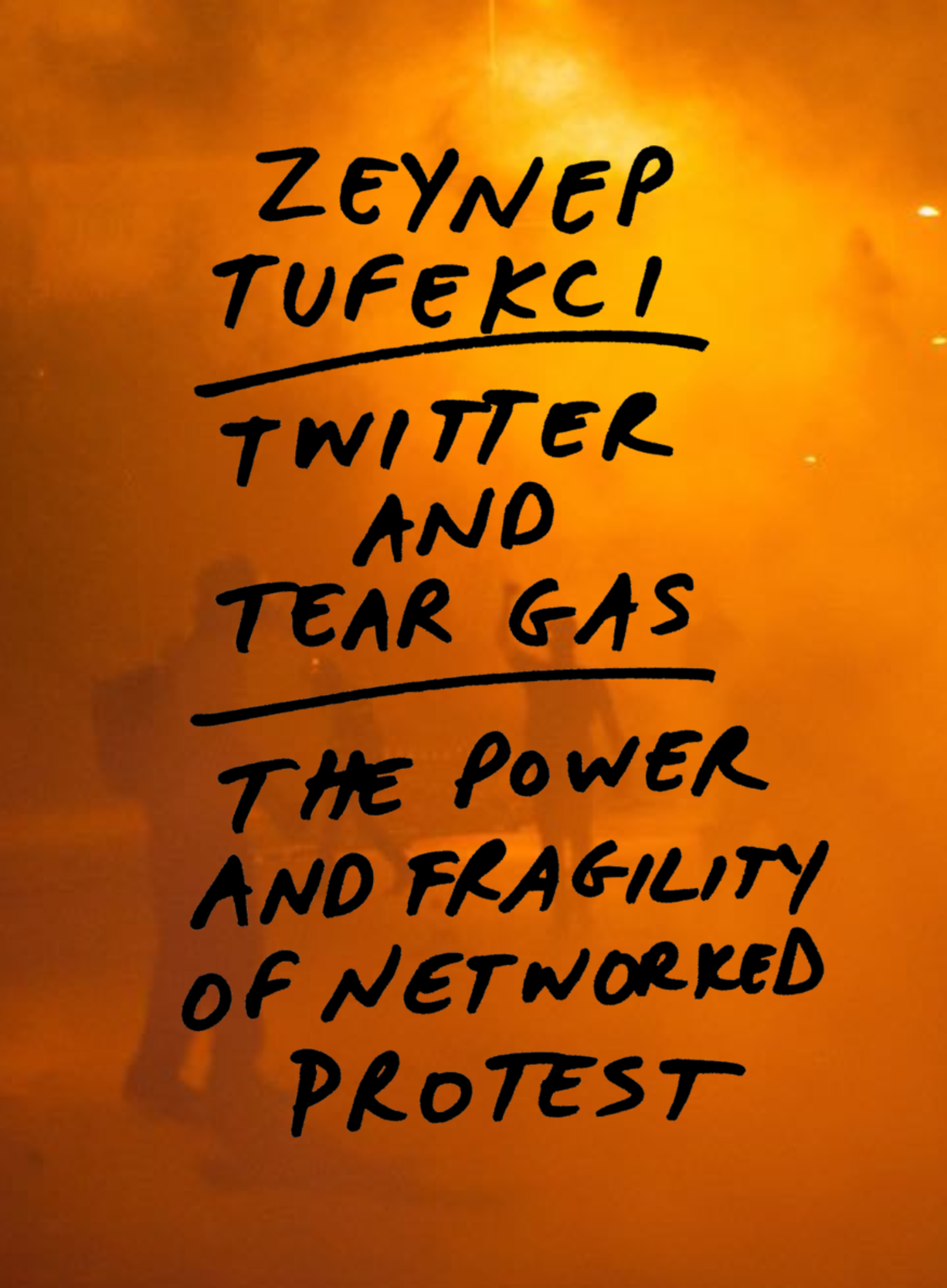
(Photo: Yale University Press)
Thanks to social media, launching a global movement is now as simple as pressing send. In modern social movements like the Gezi Park protests in Turkey, the 2014 Ukrainian uprising, or the Zapatista uprising in Mexico, the Internet has mobilized hundreds of thousands of protesters and organized vital aid. But how effective are Twitter- and Facebook-fueled movements, really? A new book by Zeynep Tufekci, an associate professor of information and library science at the University of North Carolina–Chapel Hill, promises to provide some answers. Incorporating a decade’s experience spent studying and participating in social movements, Tufekci outlines how new networked protests form and how they compare to movements of the past.
While much has been written about the benefits of social media in protests, Tufekci uses social theory and on-the-ground analysis to analyze its weaknesses as well. Tufekci finds that the outcomes of 21st-century social movements like Occupy Wall Street or the Arab Spring aren’t proportional to the size of the movement or the energy they inspire on social media—spreading the message across easy-to-access, fast-moving applications doesn’t necessarily lead to lasting social change. Still, Tufekci doesn’t dismiss the power of networked protest. Twitter, she ultimately concedes, may influence citizens’ perceptions of their state’s legitimacy more than world leaders may think.





